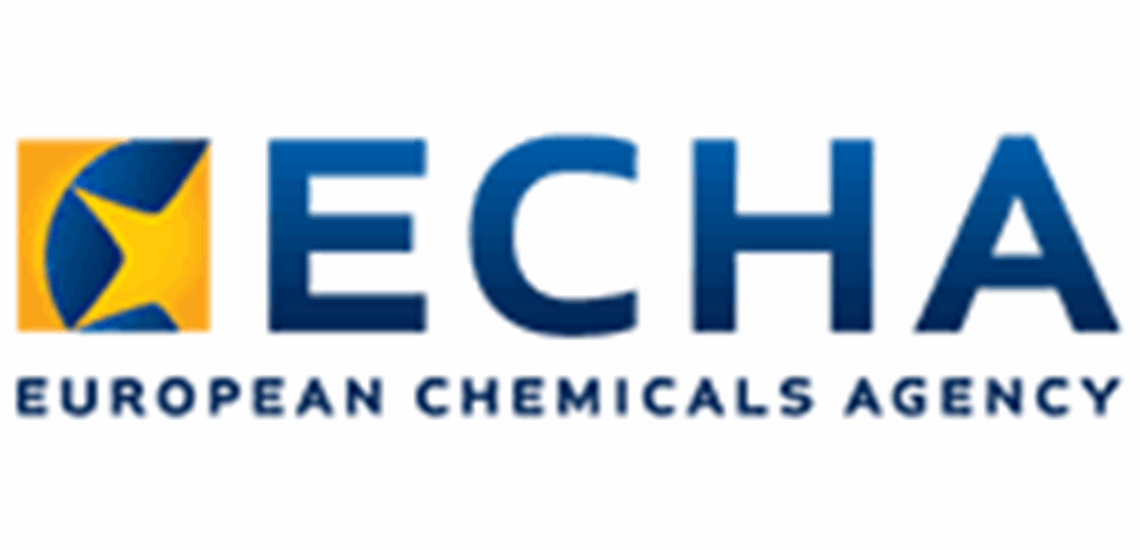ECHA has evaluated the risk of substances in recycled rubber that is used on artificial sports pitches. Based on the evidence, ECHA has concluded that the concern for players on these pitches, including children, and for workers who install and maintain them is very low. ECHA will update its evaluation as and when new information becomes available.
T&RR, Citing the Important the Declaration Has Reproduced Entirety of Statement
In June 2016, the European Commission asked ECHA to evaluate the risk to the general population, including children, professional players and workers installing or maintaining the pitches.
A number of hazardous substances are present in recycled rubber granules, including polycyclic aromatic hydrocarbons (PAHs), metals, phthalates, volatile organic hydrocarbons (VOCs) and semi-volatile organic hydrocarbons (SVOCs). Exposure to these substances through skin contact, ingestion and inhalation was considered.
Based on the information available, ECHA concludes that there is, at most, a very low level of concern from exposure to recycled rubber granules:
- The concern for lifetime cancer risk is very low given the concentrations of PAHs typically measured in European sports grounds.
- The concern from metals is negligible given that the data indicated that the levels are below the limits allowed in the current toys legislation.
- No concerns were identified from the concentrations of phthalates, benzothiazole and methyl isobutyl ketone as these are below the concentrations that would lead to health problems.
- It has been reported that volatile organic compounds emitted from rubber granules in indoor halls might cause irritation to the eyes and skin.
In the studies that ECHA evaluated, which are listed in the report, the concentrations of PAHs in recycled rubber granules were well below the limits set for carcinogenic, mutagenic and reprotoxic (CMR) substances for consumers in REACH.
ECHA has also highlighted several uncertainties in its evaluation. Therefore, ECHA suggests the following action to be taken:
- Consider changes to the REACH Regulation to ensure that rubber granules are only supplied with very low concentrations of PAHs and any other relevant hazardous substances.
- Owners and operators of existing (outdoor and indoor) fields should measure the concentrations of PAHs and other substances in the rubber granules used in their fields and make this information available to interested parties in an understandable manner.
- Producers of rubber granules and their interest organisations should develop guidance to help all manufacturers and importers of (recycled) rubber infill test their material.
- European sports and football associations and clubs should work with the relevant producers to ensure that information related to the safety of rubber granules in synthetic turfs is communicated in a manner understandable to the players and the general public.
- Owners and operators of existing indoor fields with rubber granule infills should ensure adequate ventilation.
In addition, ECHA recommends that players using the synthetic pitches should take basic hygiene measures after playing on artificial turf containing recycled rubber granules.
ECHA’s evaluation has been sent to the European Commission. The findings are preliminary and will be updated when new information becomes available.




















